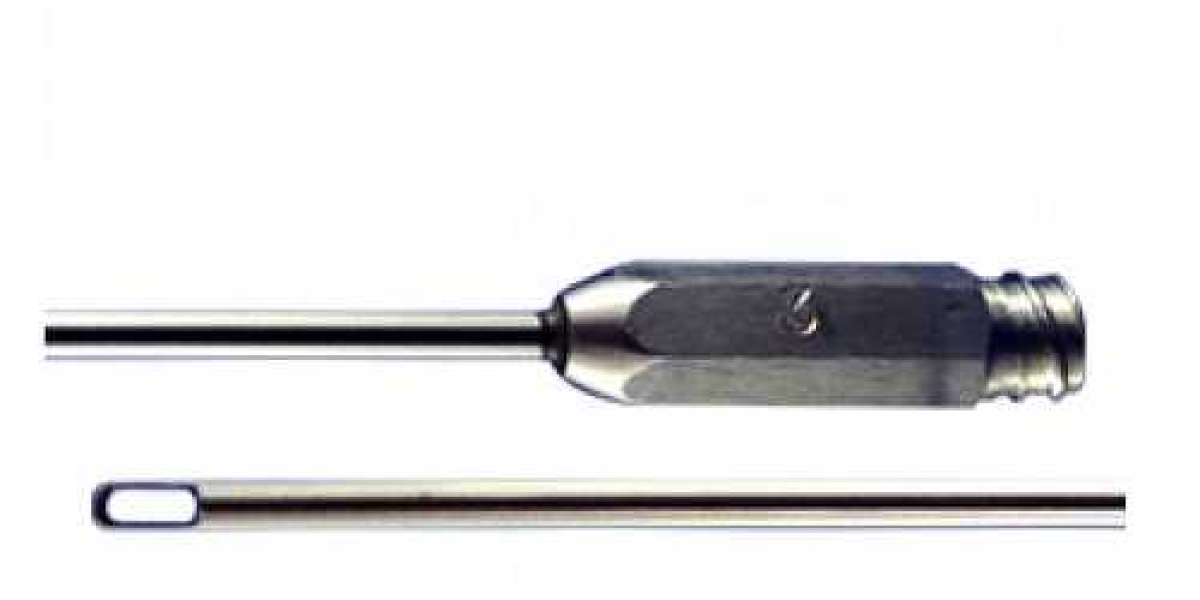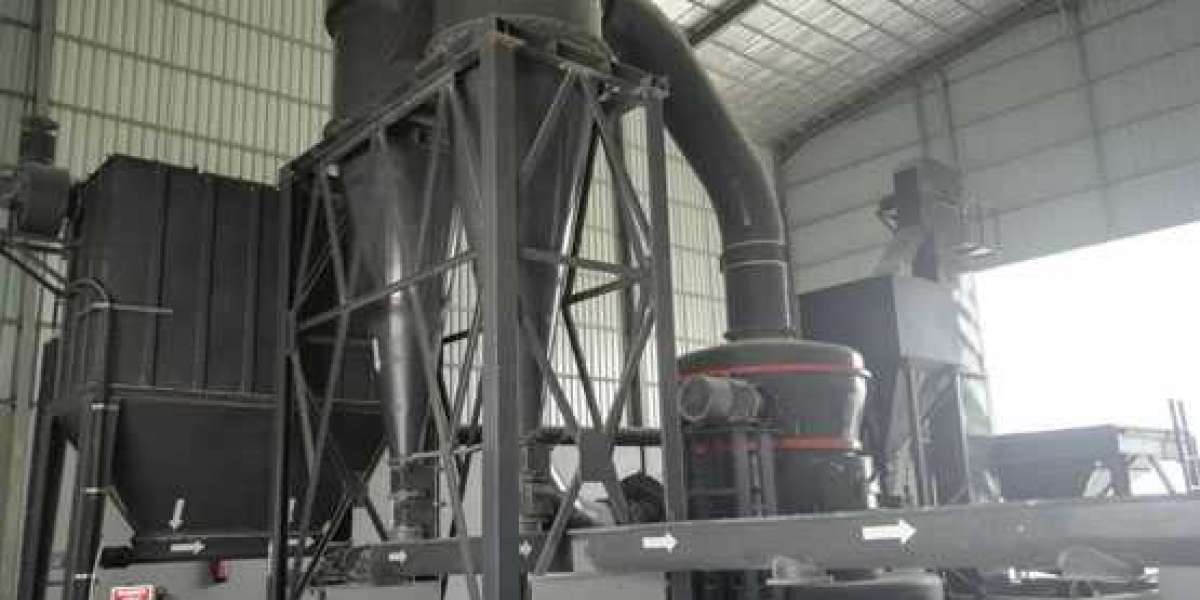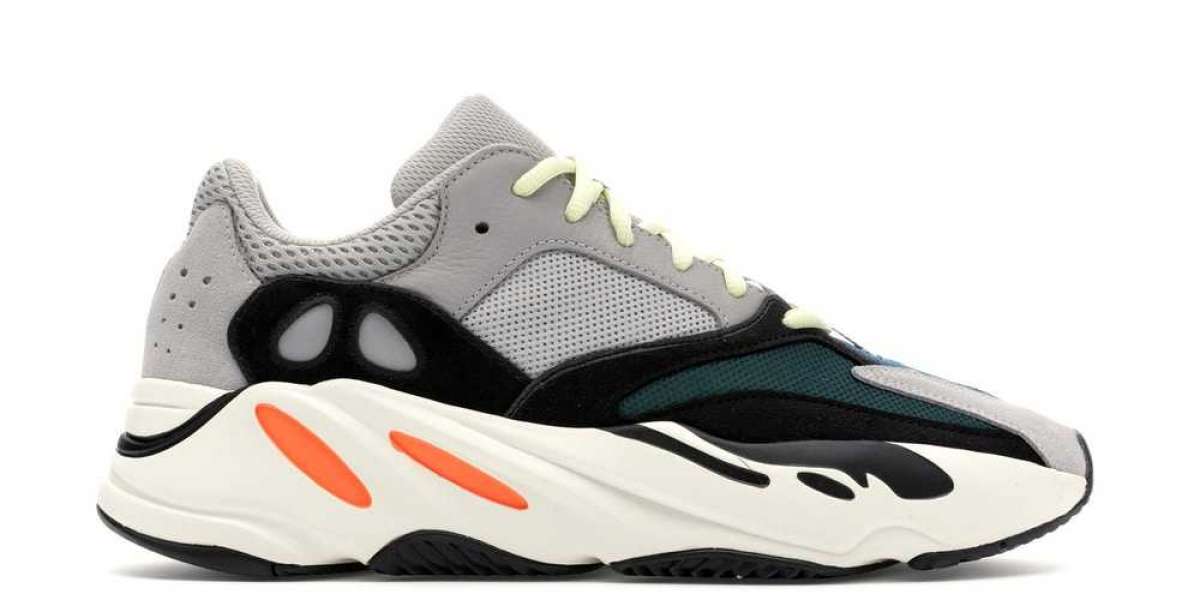In the realm of cosmetic surgery, advancements in technology continually shape and redefine procedures, enhancing both safety and efficacy. One such innovation making waves in the field is the fat harvesting cannula. This sophisticated tool has transformed the process of fat transfer, offering patients natural-looking results with minimal invasiveness. Let's delve into the intricacies of this remarkable device and explore its impact on the world of aesthetics.
Understanding the Fat Harvesting Cannula
The fat harvesting cannula serves as a pivotal component in autologous fat transfer procedures, also known as fat grafting. This technique involves extracting fat from one area of the body, often the abdomen or thighs, and strategically injecting it into another area to enhance volume or contour. Unlike synthetic fillers, autologous fat transfer offers long-lasting results with a reduced risk of rejection or allergic reactions.
At the heart of this process lies the fat harvesting cannula, a slender tube equipped with a series of tiny openings or perforations at its tip. These perforations allow for precise aspiration of adipose tissue while minimizing trauma to surrounding structures such as blood vessels and nerves. The cannula is connected to a suction device that gently removes fat cells from the donor site, ensuring viability for transplantation.
Advantages of the Fat Harvesting Cannula
Precision and Control
One of the primary advantages of the fat harvesting cannula is its ability to provide surgeons with unparalleled precision and control during the extraction process. The strategically placed perforations enable targeted harvesting of fat cells, allowing for the sculpting of desired contours with utmost accuracy. This precision is especially crucial in delicate areas such as the face, where subtle enhancements can make a significant difference in overall appearance.
Minimally Invasive Technique
Compared to traditional fat extraction methods, which may involve larger incisions and more extensive tissue disruption, the fat harvesting cannula offers a minimally invasive alternative. The smaller diameter of the cannula reduces trauma to surrounding tissues, resulting in quicker recovery times and minimized risk of post-operative complications such as bruising and swelling. Patients can typically resume normal activities shortly after the procedure, making it an attractive option for those with busy lifestyles.
Natural-Looking Results
Another notable advantage of the fat harvesting cannula is its ability to yield natural-looking results that seamlessly integrate with the patient's existing anatomy. By utilizing their own fat cells, individuals can achieve enhancements that mimic the soft, supple appearance of natural tissue. This natural integration helps avoid the telltale signs often associated with synthetic fillers, such as an unnatural or "overfilled" appearance.
Applications in Cosmetic Surgery
The versatility of the fat harvesting cannula extends beyond simple volume augmentation, with applications ranging from facial rejuvenation to body contouring. In facial procedures, fat grafting can address hollowed areas, enhance cheek volume, and restore youthful fullness to the lips. Body contouring procedures, such as Brazilian butt lifts and breast augmentation, can also benefit from the precise fat transfer facilitated by the cannula.
Moreover, the fat harvesting cannula has found utility in reconstructive surgery, particularly in cases involving soft tissue defects or contour irregularities. Its ability to harvest viable fat cells from donor sites makes it a valuable tool for restoring symmetry and proportion in patients who have undergone procedures such as mastectomy or liposuction.
Conclusion
The advent of the fat harvesting cannula has heralded a new era in cosmetic surgery, offering patients and surgeons alike a safe, effective, and versatile tool for achieving aesthetic goals. With its precision, minimally invasive nature, and ability to deliver natural-looking results, the cannula has become an indispensable asset in the modern practitioner's toolkit. As technology continues to evolve, we can anticipate further refinements and innovations that will continue to push the boundaries of what is possible in the realm of aesthetic enhancement.








